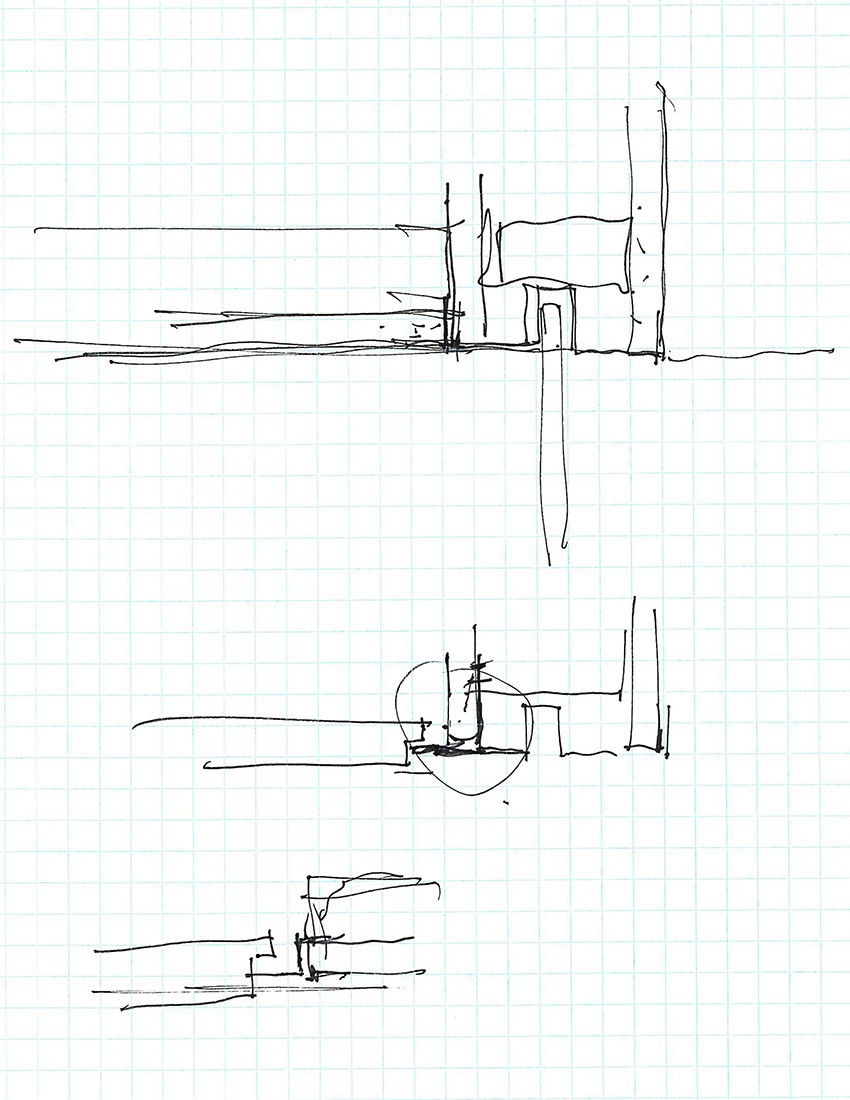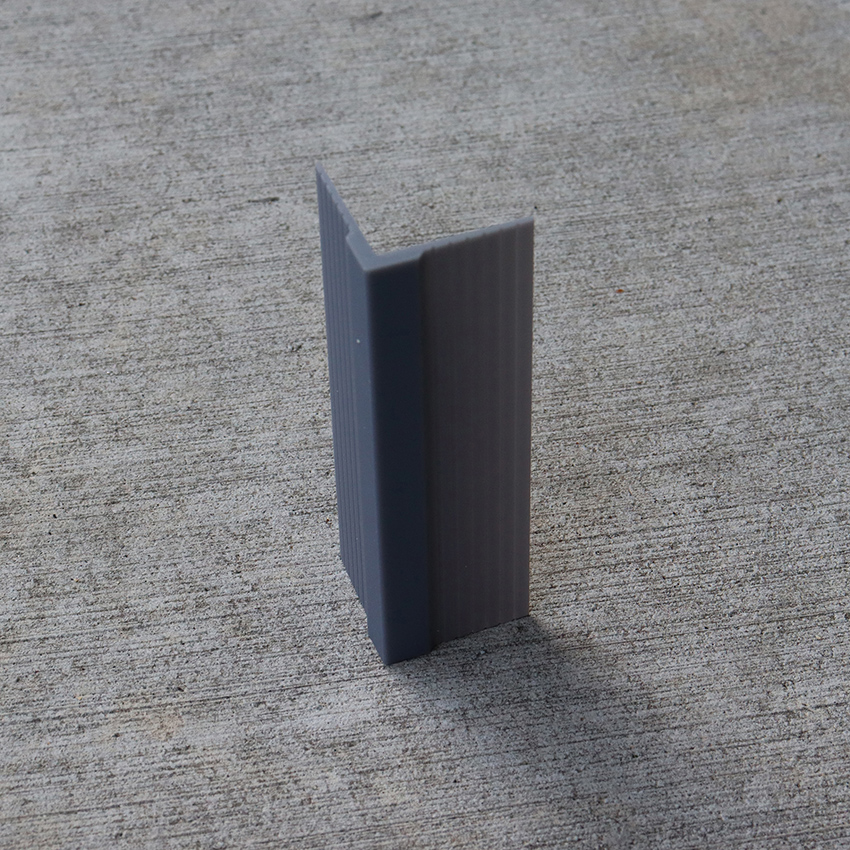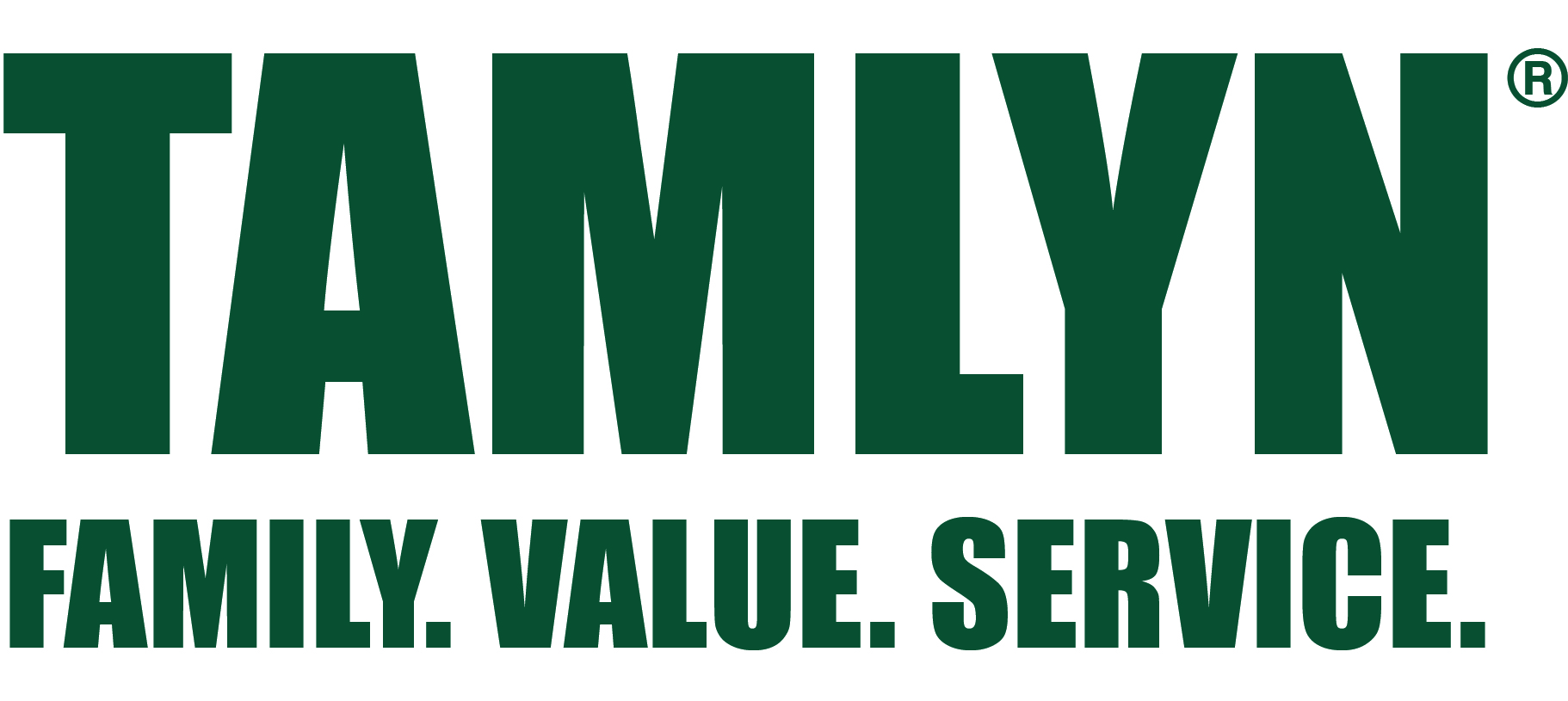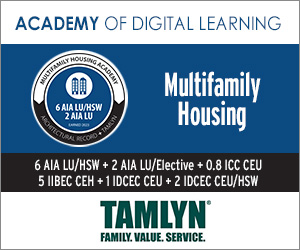Creative Collaboration: Partnerships Between Vendors and Architects Hold New Possibilities for Extruded Aluminum
 1 AIA LU/HSW; 1 IDCEC CEU/HSW; 0.1 ICC CEU; 1 IIBEC CEH; 0.1 IACET CEU*; 1 AIBD P-CE; AAA 1 Structured Learning Hour; This course can be self-reported to the AANB, as per their CE Guidelines; AAPEI 1 Structured Learning Hour; This course can be self-reported to the AIBC, as per their CE Guidelines.; MAA 1 Structured Learning Hour; This course can be self-reported to the NLAA.; This course can be self-reported to the NSAA; NWTAA 1 Structured Learning Hour; OAA 1 Learning Hour; SAA 1 Hour of Core Learning
1 AIA LU/HSW; 1 IDCEC CEU/HSW; 0.1 ICC CEU; 1 IIBEC CEH; 0.1 IACET CEU*; 1 AIBD P-CE; AAA 1 Structured Learning Hour; This course can be self-reported to the AANB, as per their CE Guidelines; AAPEI 1 Structured Learning Hour; This course can be self-reported to the AIBC, as per their CE Guidelines.; MAA 1 Structured Learning Hour; This course can be self-reported to the NLAA.; This course can be self-reported to the NSAA; NWTAA 1 Structured Learning Hour; OAA 1 Learning Hour; SAA 1 Hour of Core Learning
Learning Objectives:
- Discuss new innovations for extruded aluminum in terms of profile shapes.
- Explain how new fire-rated reveals provide better safety for building structures.
- List three new technologies that can be integrated with extruded aluminum to support better comfort for occupants.
- Describe ways in which vendors and architects can collaborate in the united goal of healthier and safer products.
This course is part of the Multifamily Housing Academy
Intersections
Welding for extruded aluminum intersections has come a long way. These days, there are several options for creating clean intersecting lines. The trim can be miter cut and welded on the nailing flanges, the flanges can be notched on the receiving trim, or if several intersecting lines come together in close proximity, a one-piece grid can be fabricated. Mitered 3-way and 4-way configurations as well as inside and outside corners for both interior and exterior products can be created. The standard size is 6" x 6" but some manufacturing partners will custom fabricate jobs for easy installation.
When Vendors and Architects Collaborate
When vendors are involved in the design process, they can help bring to fruition the architectural vision of any project. The potential for creative partnerships in the built environment is vast in terms of both multifamily and commercial buildings. It’s not just about meeting basic design needs; it comes down to innovative solutions that truly elevate a project and meet the health, safety, and wellness needs of building occupants.
It always helps a project when architects communicate well with manufacturers on components and design processes. But taking it a step further and collaborating on these projects can promote a seamlessness that is beneficial to everyone on so many levels. These are the kinds of projects that cultivate holistic, in-depth knowledge and synergy that can result in major successes and award-winning designs.

Drawing courtesy of TAMLYN and FLAD Architecture
Collaboration between manufacturer and designer starts with a first charette in which architects provide initial sketches of their wall assembly and details to the manufacturers.

SLA is a cost-effective 3D-printing method that produces the high accuracy and smooth surface finishes like this extruded aluminum printed corner.
In the case of extruded aluminum, there are several ways designers and manufacturers might collaborate on the goal of a successful project. In the first charette, architects can provide an initial idea of their design vision and work with manufacturers to sketch out the detail conditions of the wall assembly. The manufacturer examines this vision and asks a series of questions focusing on dimension, environmental needs, and possible ideas for what the desired finish might look like. This initial conversation also focuses on a timeline for the project and quantity requirements for the materials needed. Once the manufacturer has gathered this information they will produce an initial CAD drawing of the profile to share with the Architect for their approval.
Once timeline, quantity, and general vision are pinned down, the 3D printing process can begin.
The 3D printer makes the design according to the original sketch created by architect and the CAD drawing created by the manufacturer. A common 3D technique is stereolithography (SLA), an additive manufacturing process that belongs to the photopolymerization family.
Also called resin 3D printing, polymerization uses visible light or ultraviolet to initiate and propagate a polymerization reaction to form a linear crosslinked polymer structure. SLA, in particular, uses UV lasers as a light source. The process allows for the creation of objects through the curation of polymer resin, in layers, using the UV laser beam. SLA uses photosensitive thermoset polymers that come in a liquid form.
SLA is cost-effective and produces high accuracy and smooth surface finishes, which is what the extruded aluminum requires. The SLA printing was first patented in 1986 and it continues to be one of the most cost-effective 3D technologies available when parts of very high accuracy or smooth surface finish are needed. When the designer takes advantage of the benefits and limitations of the manufacturing process, that’s when the best results are achieved.
Because of aluminum’s flexibility, there are nearly endless possibilities for these shapes and sizes, which is why the early collaboration is important. Architects might not know what is possible, while the manufacturer—without understanding the desired goals of the architect—might not have enough information to help the architect imagine something outside the box. The type of brainstorming that could happen in the initial charette has the capacity to produce innovative profiles that lead to big-picture innovations.
Timing for 3D printing is about two weeks and requires written approval from the architect and a code will be applied for specification and drawing purposes, which allows all stakeholders to solidify and sign off on the agreed-upon profiles. This stage at times will be repeated depending upon the feedback of the architect if there has been a change to project needs. Or it could be a step back to a new charrette.
Once the 3D print has been approved and the architect has signed off, the manufacturer will take over creating the needed die drawings for extrusion. Along the way, the collaboration includes die sample checks to keep the extruded parts aligned with the original 3D prints/die drawings. This process mostly falls upon the manufacturer, but it entails constant confirmation with the architect designs, maintaining that close working relationship.
Some architects may feel that collaboration with manufacturers somehow compromises their independence, but in fact, it is this kind of collaboration that leads to innovation, efficiency, and cost savings. One example of that is that insurance companies often support partnerships between architects and manufacturers, offering incentives like lower deductibles and reduced bonding costs, especially when joint reviews are done before any work on the project begins.
Starting collaboration from the beginning and keeping it dynamic throughout the project cycle provide more gains for the architect who might not only achieve their vision but surpass it beyond what they had originally imagined.











